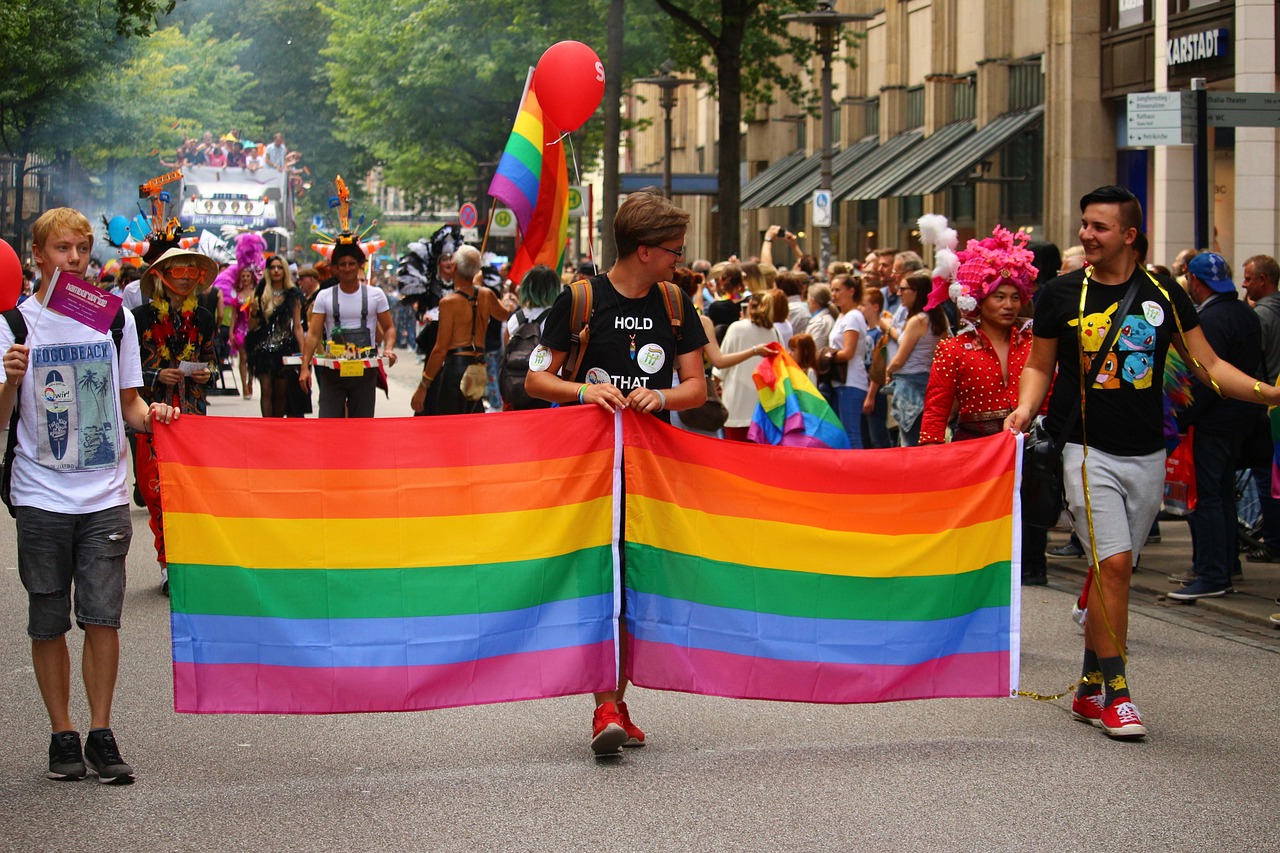A culture of protest

The LGBTQ+ rights movement erupted as a riot outside the Stonewall Inn in America beginning on 28 June 1969. Tired of endless police brutality, the forced closure on the grounds that men had been allowed to dance with other men. This was not the first uprising against police and state oppression and the entrapment of LGBTQIA+ (Lesbian, Gay, Bi, Trans, Queer, Intersex, Asexual and other) people by the authorities, and it certainly wasn’t the last, but it was the moment the protest against blanket discrimination against LGBTQIA+ people gained enough momentum to spill over into the mainstream; when it could no longer be ignored or repressed. Stonewall marked the flashpoint at which anger boiled over and started a rebellion that lasted a total of five non-consecutive nights, collectively now known as the Stonewall Riots. It was followed three years later by the first gay rights march in 1970.
Pride is a protest
Today’s LGBTQIA+ Pride Marches are an ongoing celebration of the changes that started outside the Stonewall Inn. We now have specific Black Pride marches, and Trans Pride marches as well, which draw particular attention to sub-groups of the LGBTQIA+ community that are peculiarly vulnerable. Pride is a protest that is in danger of becoming a party, causing many young people, both within and outside of the LGBTQ+ community, to begin to question the point of pride. The point of Pride is that LGBTQ+ rights are very recently won and it would be only too easy for all the progress towards equality to be rolled back.

A slow road to change
It has taken 56 years for same-sex couples to achieve comparable rights to heterosexual people in the UK, starting with the decriminalisation of homosexuality between consenting adults (then aged 21 and older) in England and Wales in 1967, with Scotland and Northern Ireland only decriminalising homosexuality years later in 1980 and 1982, respectively. Even after gay people had been allowed to have sex, the age of consent was not made equal for gay and straight people for a further 33 years, when the Sexual Offences Act was finally amended in the year 2000.
After that, change seemed to come swiftly, with the first civil partnerships for same-sex couples being introduced in 2004 before same-sex couples were finally allowed to marry in Britain nearly ten years later, in 2013. Even after this, the Church of England and various secular registrars resisted, claiming religious rights not to be involved in same-sex civil partnerships and marriage ceremonies.
An important majority lesson
Interestingly, straight people later objected on the grounds that they felt discriminated against because they were only able to marry and not obtain a civil partnership and the LGBTQ+ movement largely agreed, with gay rights campaigning group Stonewall advocating for civil partnerships for all. After all, equality means equality for everyone.
This is an important lesson that people tend to forget – equality for everyone benefits everyone. Even the majority benefit from a society that scrutinises whether it treats everyone fairly because it means they will also be taken seriously if they ever find themselves discriminated against. In contrast, a society that tolerates inequity and injustice against any group of people may come to hold that low standard of justice for all its citizens in time.




Leave a Comment (note: all comments are moderated)